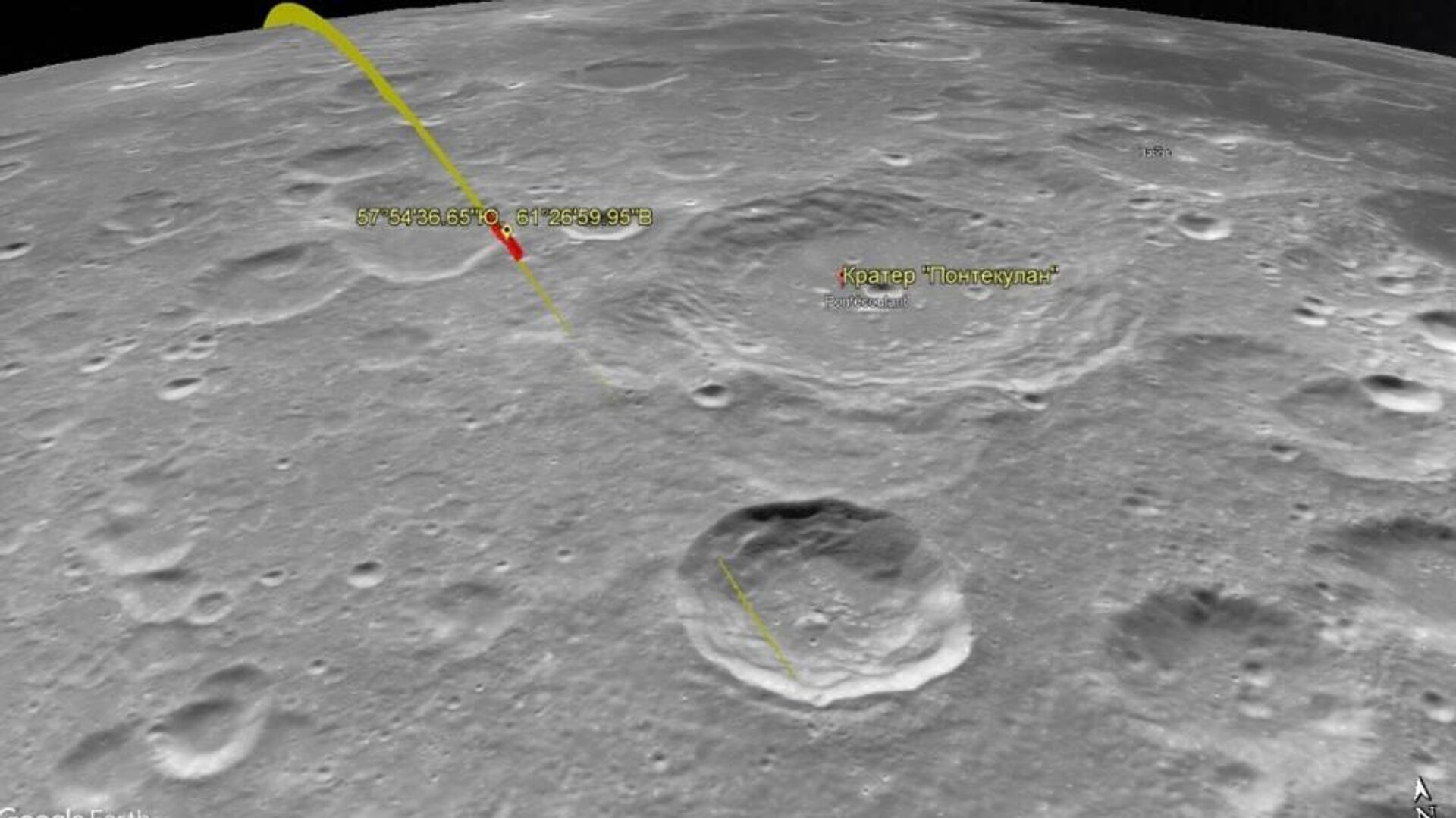
MOSCOW, May 30. Scientists, having calculated the parameters of the unsuccessful landing of the Luna-25 automatic station, found that it flew into the Earth’s natural satellite at an angle 45 degrees, reported the Ministry of Education and Science of the Russian Federation.
“The photo shows that the new crater is located on the inner slope of a larger crater with a diameter of about 40 km. According to the NPO named after S.A. Lavochkin, the landing block of Luna-25 had a mass of 1605 kg when loaded. The device was used up before impact part of the fuel, and, according to expert estimates, its mass decreased to 600–1000 kg. According to the authors’ calculations, the impact occurred at an angle of 45 degrees, and the maximum speed upon impact was 1.7 km/s,” the report says. 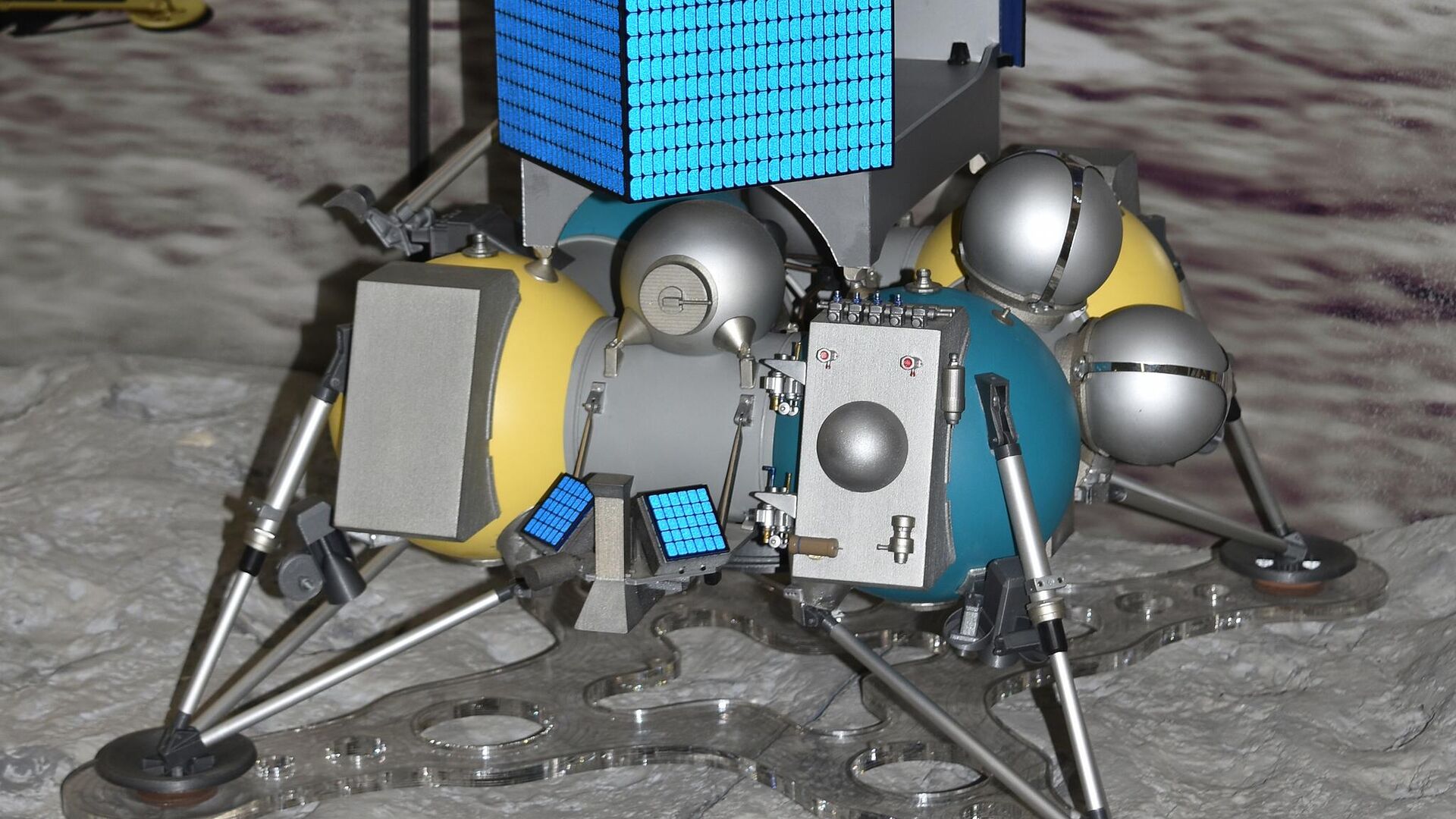
It is noted that the research was carried out with the financial support of the Ministry of Education and Science by employees of the Laboratory of Comparative Planetology of the Geochemical Institute of the Russian Academy of Sciences, together with colleagues from the Institute of Geography of the Russian Academy of Sciences and the Lavochkin Research and Production Association. They analyzed images taken by the Lunar Reconnaissance Orbiter. Calculations have shown that the 10-meter crater observed in the supposed area of impact was most likely formed when Luna-25 collided with the lunar surface.
For the first time in almost 50 years, Russia launched a device to the natural satellite of the Earth on August 11, 2023. On August 19, the Luna-25 station crashed on the surface of the Moon due to malfunction of the engine.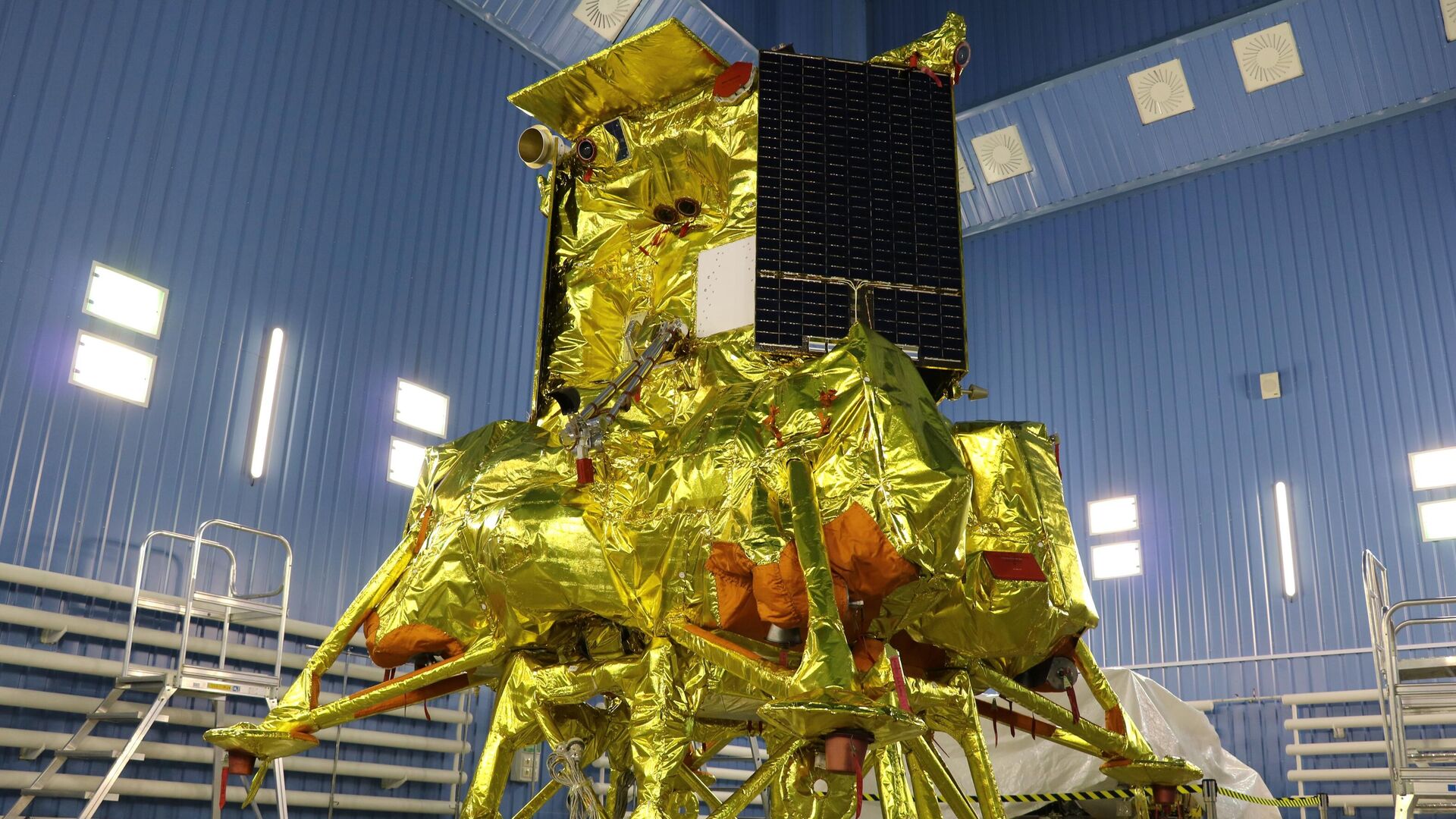










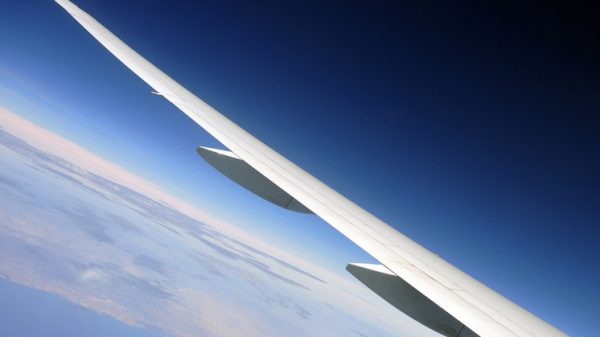























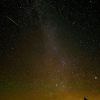

















Свежие комментарии